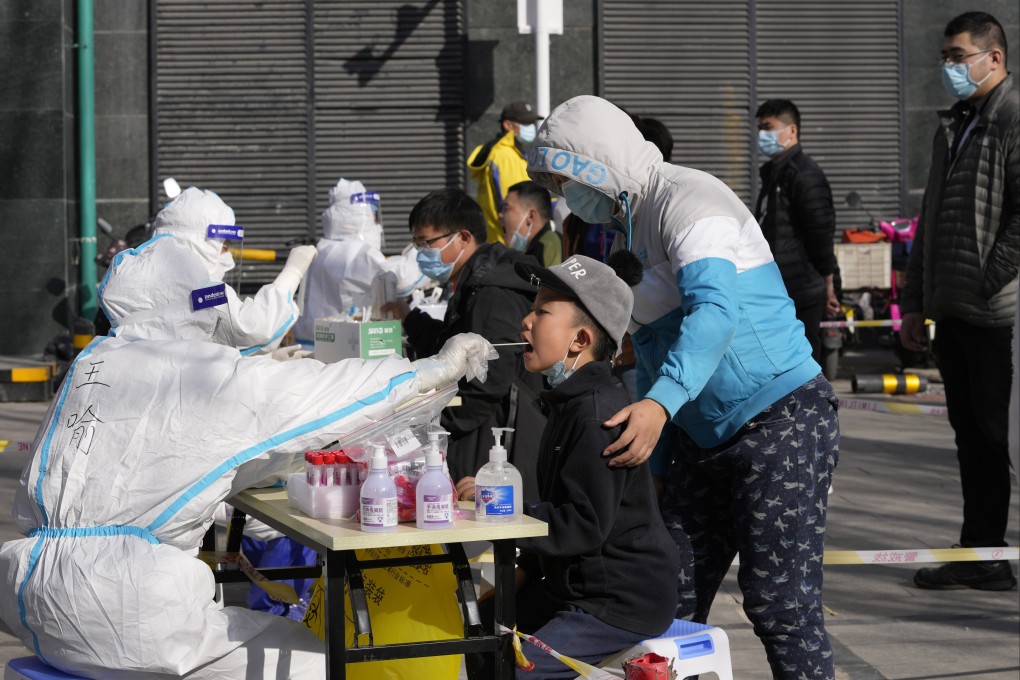Coronavirus: China doubles down on zero-Covid to confront worst wave since Wuhan
- Senior health official reaffirms commitment to disease suppression tactics
- Travel bans and lockdowns take effect in Shanghai and Shenzhen

Lei Zhenglong, deputy director of the National Health Commission’s disease prevention and control bureau, said on Monday that more than 10,000 people had been infected with Covid-19 since the start of March, with cases spanning 27 of the 31 provincial-level areas on the mainland.
In the country’s south, the tech hub of Shenzhen – home to 17.6 million people – went into lockdown for a week on Monday. Residents will be tested three times before March 20.
China has relied on such curbs on movement and mass testing to keep case numbers low but, the latest outbreak raises questions about whether China can continue to avoid living with the virus.
But Lei reaffirmed the country’s commitment to its playbook, saying the present outbreak required a stricter, earlier and quicker response.
“The general strategy to prevent imported cases and internal rebounds and the general policy of dynamic zero-Covid are fully effective in dealing with the Omicron outbreak,” he told state broadcaster CCTV.